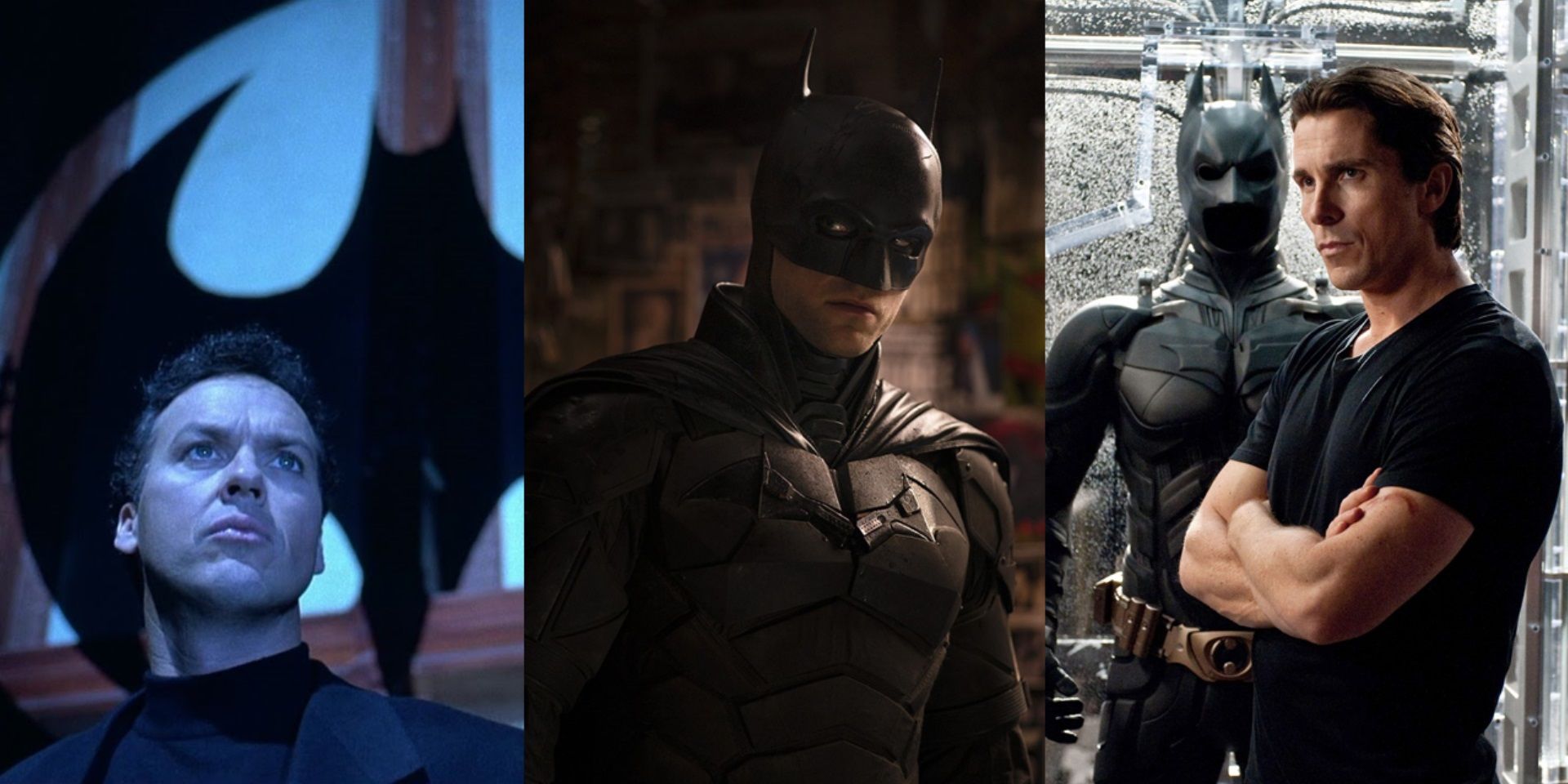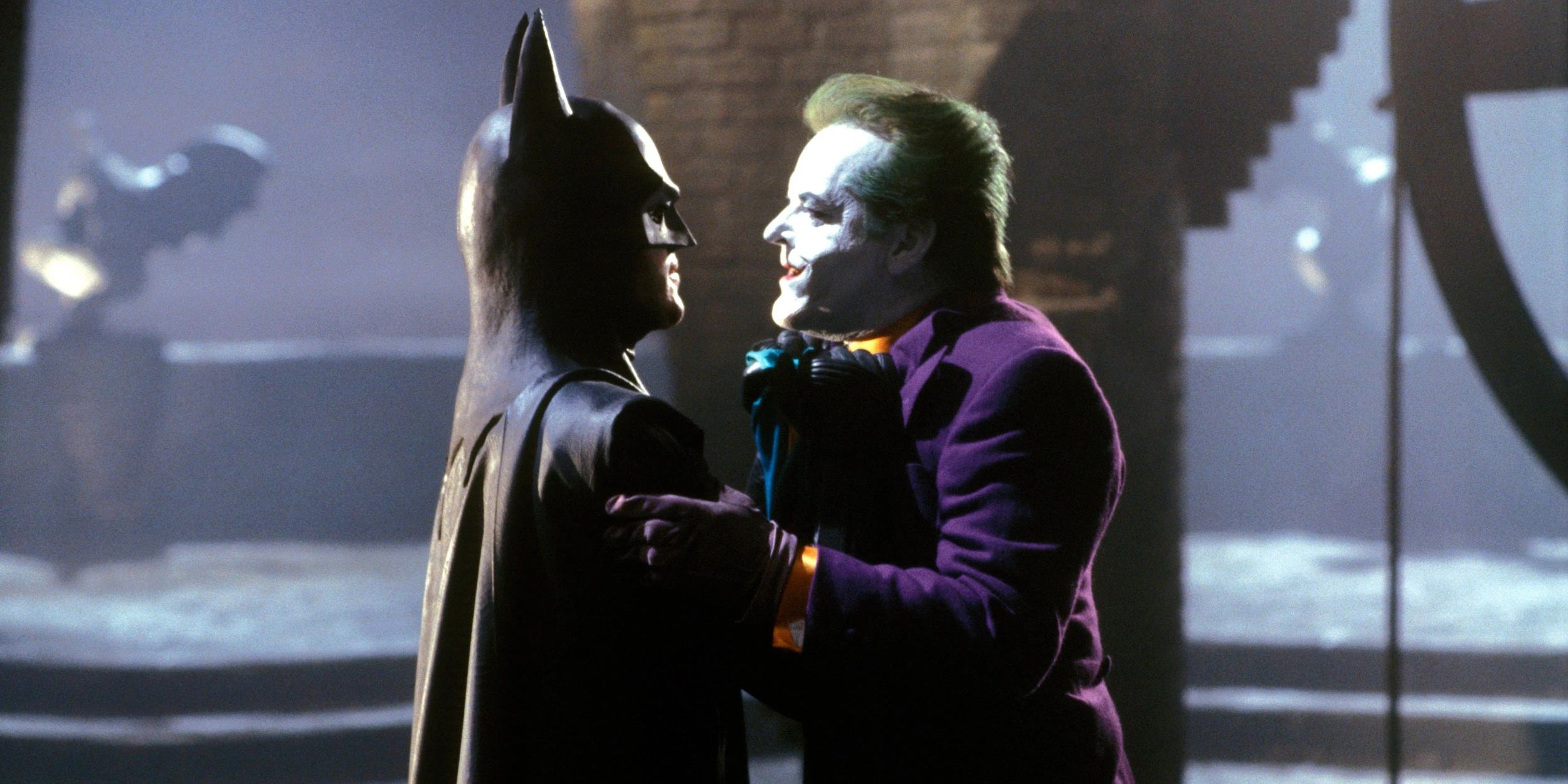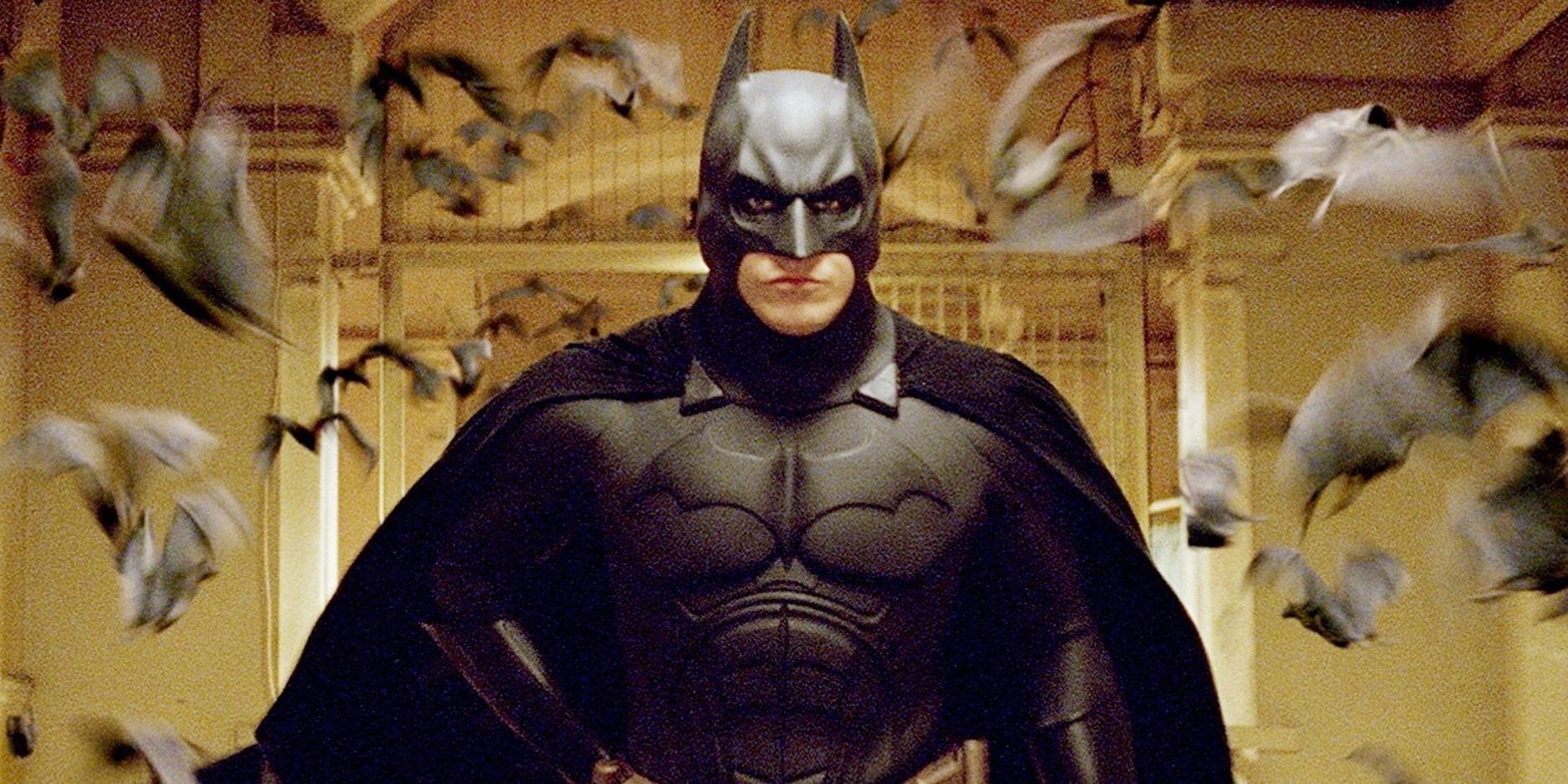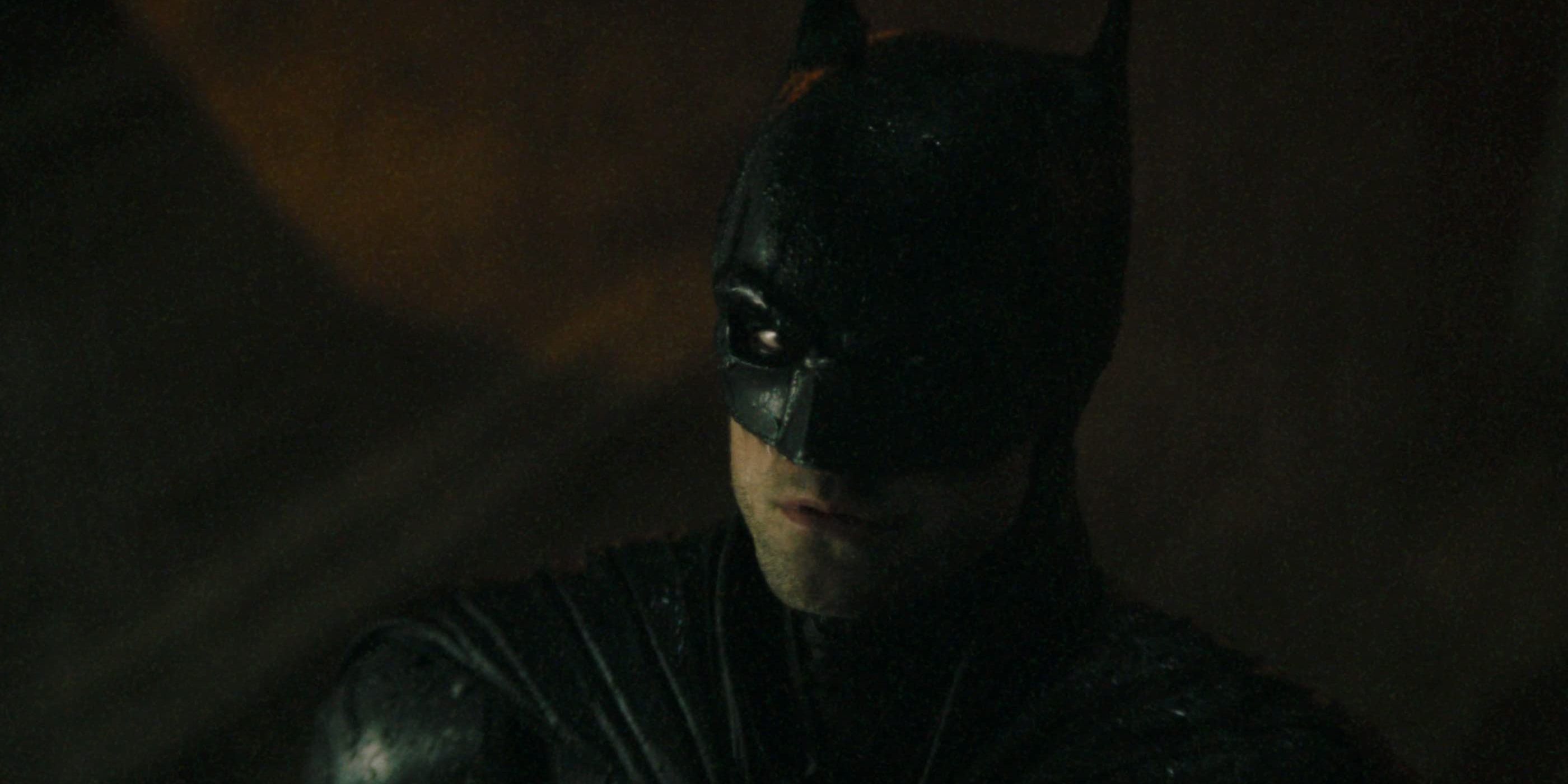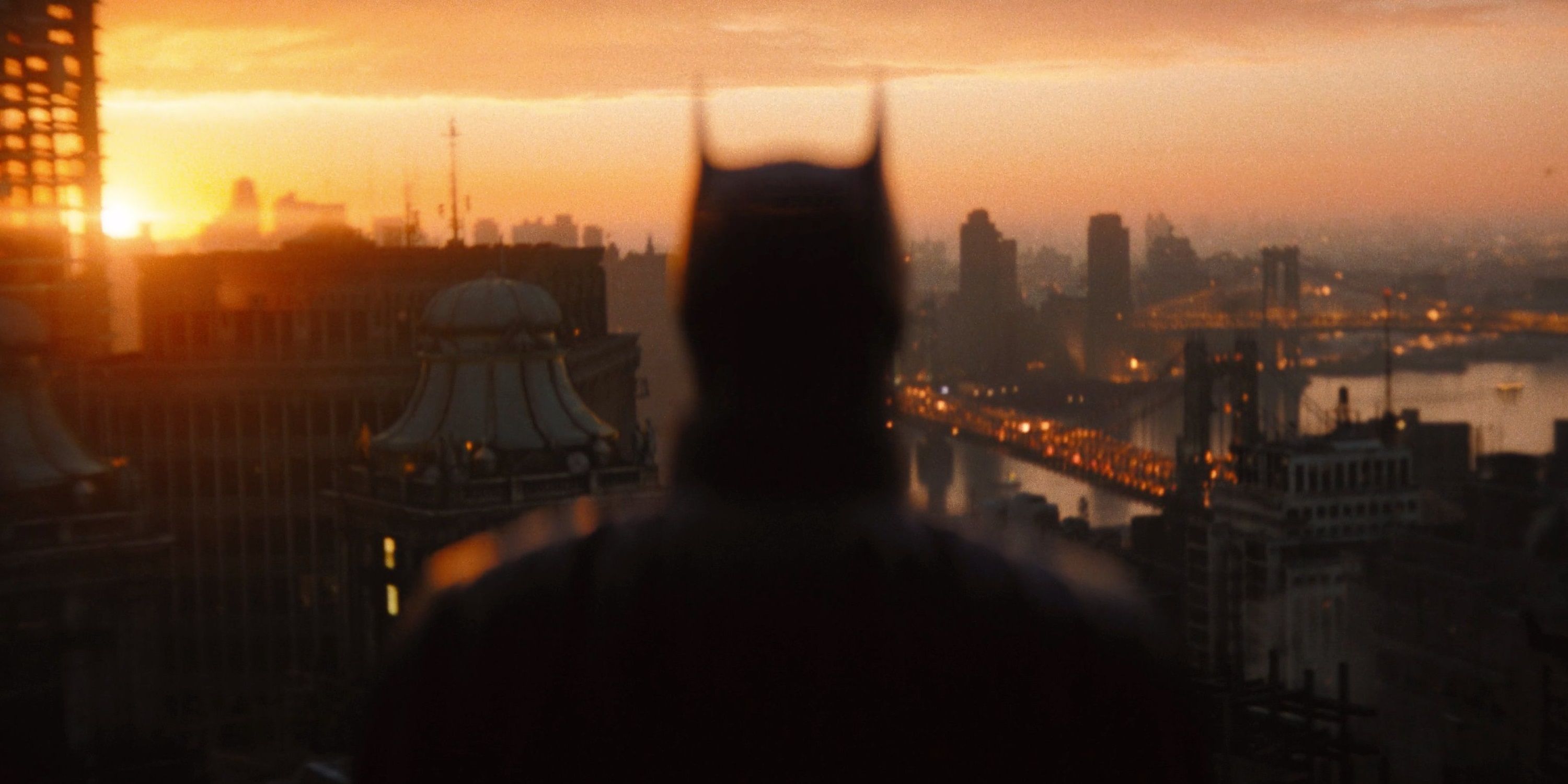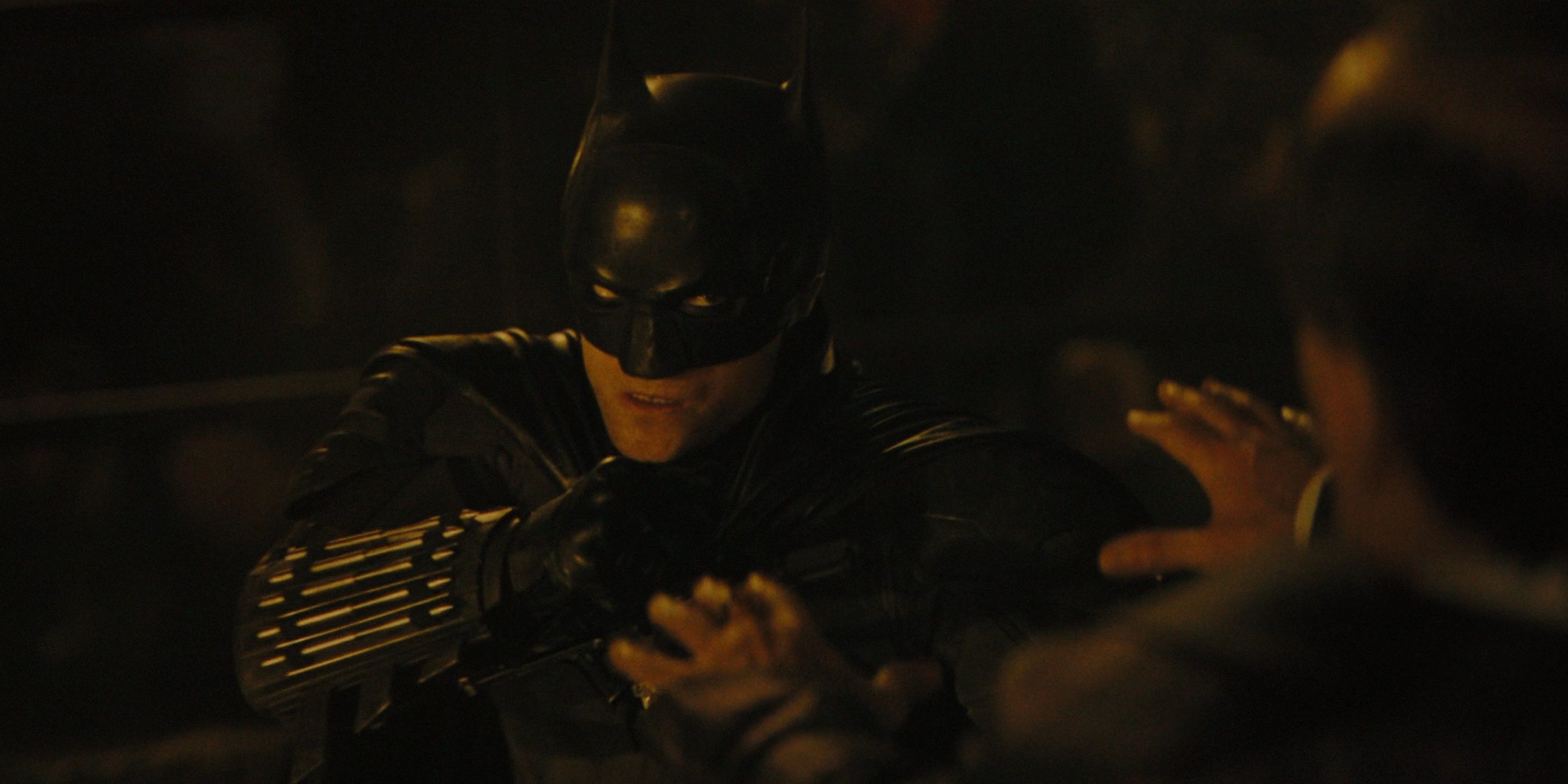Matt Reeves’ The Batman has been praised for its deep-dive character study of a fresh take on Bruce Wayne who rarely sleeps and rarely takes off the cowl. The three-hour runtime flies by thanks to immersive visuals and a singular vision of Gotham City that combines urban realism with stylized pulp. But the success of Reeves’ direction isn’t necessarily that he subverts expectations with an entirely new version of a familiar character.At this point, the only way to portray Batman in a way that’s never been seen before is to betray the source material with a wildly unfaithful take that disregards the Bat’s core beliefs. The Batman works so well because it pulls together everything that worked about previous incarnations of the Caped Crusader. Reeves took all the best parts of the previous Batman franchises – from Tim Burton to Christopher Nolan to Zack Snyder – and put them in a cinematic blender.Reeves’ reboot doesn’t really reinvent the wheel as much as it collates all the best things about the previous incarnations of the wheel. The Batman combined the stylized visuals of the Burton movies, the grounded realism of the Nolan movies, and the brutal fight scenes of the Snyder movies to offer a definitive celluloid portrait of the Dark Knight.
What Every Previous Batman Franchise Brought To The Table
After a couple of forgettable 1940s serials, Adam West made Batman a screen icon with his delightfully camp ‘60s TV series and its even zanier movie adaptation. Two decades after West lightened up the Dark Knight, Tim Burton imbued some much-needed darkness back into the character’s on-screen adventures. Burton’s groundbreaking 1989 movie didn’t just revitalize the Batman franchise; it revitalized the superhero genre as a whole. Michael Keaton’s dryly comic, relatably human portrayal of Bruce Wayne was nicely contrasted with Burton’s gloomy, gothic, heightened visual palette.
Burton and Keaton stepped down after two movies and the next two were helmed by Joel Schumacher. Schumacher’s movies featured two different Batmen: Val Kilmer in Batman Forever and George Clooney in Batman & Robin. The attempt to revive the hypercamp West style with a modern blockbuster sensibility was an admirable effort, but these movies were both panned by critics and dismissed by diehard fans. After that, Batman’s big-screen series was thought to be dead in the water. It would take a truly mind-blowing vision to save the franchise after that.
Just under a decade after Batman & Robin was released to no fanfare, Christopher Nolan reinvigorated the Batman movies with his gritty, grounded, Christian Bale-starring reboot, Batman Begins. Like the Burton movies, Nolan’s trilogy had a ripple effect of influence beyond its own franchise into the wider comic book blockbuster market. The sequels, The Dark Knight and The Dark Knight Rises, significantly expanded the scale and doubled down on the gritty realism. Nolan’s Batman movies weren’t perfect (although The Dark Knight comes pretty darn close), but they did set a very high bar for the Bat’s big-screen outings.
When the DC Extended Universe kicked off a shared movie-verse full of DC superheroes, Zack Snyder brought Batman back into firm genre territory with no consideration of realism. While Ben Affleck was praised for capturing the rage simmering under the surface of Bruce Wayne, Snyder’s take on Batman was criticized for brazenly ignoring his well-established “no guns, no killing” ethos and turning the Bat into a shotgun-wielding mass murderer. Still, if nothing else, Snyder’s DCEU movies were lauded for their no-holds-barred action scenes. After the choppy editing of Nolan’s fight scenes, the clarity and brutality of Snyder’s fight scenes marked a refreshing change of pace.
How Reeves Combines Them All In The Batman
Reeves included a few nods to the West and Schumacher franchises, like the Shakespeare bust in Wayne Manor and the glasses worn by Paul Dano’s Riddler (the same frames worn by Jim Carrey’s controversially wacky Riddler in Batman Forever), but his interpretation of the character is much more interested in evoking the darker, edgier takes on the Bat-lore. Drawing on Reeves’ background in the horror genre, The Batman is arguably the darkest, edgiest one to date. If the detective on the case wasn’t wearing the Batsuit, it would be a straightforward serial killer movie.
In Batman Begins, Nolan presented a Gotham City that was every bit as glitzy, gloomy, and stylized as Burton’s, but in The Dark Knight, he used the streets of Chicago to depict Gotham as a real city (in the vein of Michael Mann’s portrayal of Los Angeles in Heat). There’s a tangible artifice in Burton’s Gotham, because it was shot on soundstages, whereas Nolan’s ultra-realistic portrayal of an American city underutilizes the ultimate noir setting. In The Batman, Reeves’ Gotham finds the perfect middle ground: real shooting locations bring out the authentic grit of an urban landscape, but the neon-soaked visuals are gloriously stylized.
The Batman is just as concerned with realism as The Dark Knight trilogy, taking Bat-tropes from the comics and placing them in an identifiable context. But Reeves doesn’t share Nolan’s incessant need to explain how every little piece of tech could exist in the real world. Reeves keeps the magic alive while still grounding every set-piece. This Batman has comic-booky gadgets like a flight suit, and instead of trying to explain away the science behind them, Reeves uses real-world obstacles to limit the Bat’s technological capabilities. When he tries to deploy the flight suit’s parachute, it snags under a bridge and the Dark Knight is sent hurtling into the street.
Burton and Nolan are the two most acclaimed Batman filmmakers – and the two that seem to have inspired Reeves more than all the others – but the action scenes in The Batman also bring out the best in the Snyder style. Nolan’s IMAX set-pieces like the truck flip and the airplane extraction have mind-boggling spectacle and Hitchcockian tension, but the frenzied editing of his close-quarters Batman action leaves a lot to be desired. Snyder, on the other hand, nailed the brute force of the Caped Crusader. Like Snyder’s Batman movies, Reeves’ Bat-reboot draws heavily on the hand-to-hand combat, inventive gadget use, visceral intensity, and dizzying camera movements of the Arkham video games.
There’s a lot that The Batman does to set itself apart from its predecessors. It’s a full-blown detective story, Catwoman isn’t a villain, and there are hardly any Bruce scenes peppered into the abundance of Batman scenes. But it’s also a faithful take on a familiar icon that feels like the culmination of all the different incarnations that came before it. With Burton’s heightened visuals, Nolan’s grounded approach, and Snyder’s relentless brutality, Reeves has crafted the perfect Batman movie.

